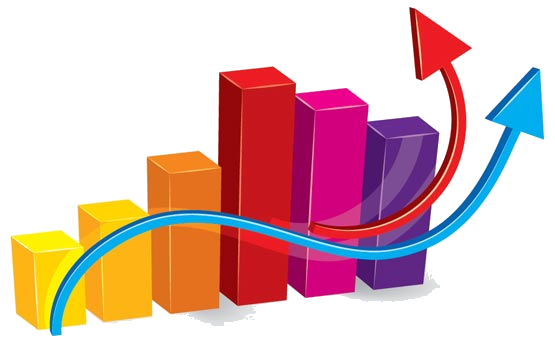The US healthcare system
While the US healthcare system represents around $3.5 trillion in annual spending and is the largest single sector of the overall economy, it also sits inside larger “macro trends” that help define the landscape of jobs.
Factors to consider: globalization, the state of the general economy, the rapid pace of innovation, digitalization of medicine and genomic technology, and demographics of the U.S. population (e,g, aging population, and higher healthcare utilization) and changing values and beliefs.
So what difference do all these big changes mean to us?
The answer is both obvious and complicated. I will answer the obvious part and leave the complicated part to you to explore.
The obvious answer is that these big changes are changing the way we live our lives. Just think; it was not that long ago that classes on the internet were considered unusual or suspect. And now, such classes are the norm.
The obvious part is that such factors as globalization, the economy, technology, an aging society, and changing cultural values are all working together to change pretty well everything that used to be — into something else.
The hard part — and the part you need to think about — is what do all the changes really mean for healthcare? Not only what skills will you require in the future, but who will you be hiring and what role will they fulfill?
If we think that healthcare professionals will continue to do exactly what they are doing now over the next ten years then we are not paying attention to how much the work world has already changed from the way it was ten years ago (does anyone remember when you couldn’t text?).
So…
How will healthcare systems evolve to best leverage a global job market for their services?
What will a growing share of healthcare dollars mean to the healthcare workforce in a stagnant or slow-growing general economy?
How will smartphones or other technologies create new jobs in healthcare?

 Our orders are delivered strictly on time without delay
Our orders are delivered strictly on time without delay  Our orders are delivered strictly on time without delay
Our orders are delivered strictly on time without delay 



